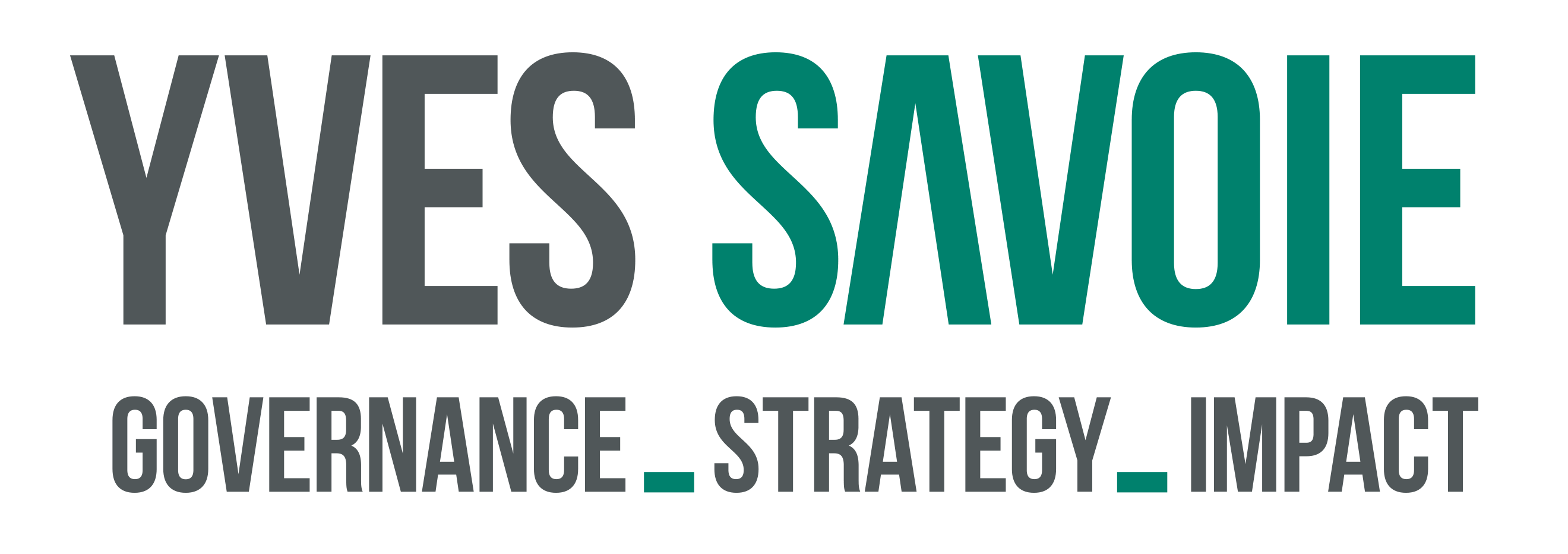Co-authored with The Honourable Senator Ratna Omidvar and previously published on iPolitics.ca on September 14, 2020
‘This controversy risks betraying the trust of young Canadians who were inspired by WE to empower children from around the world. It also affects the many charities that work quietly behind the scenes, with no glamour attached to them.’
Canadians got the inevitable news this week that WE Charity was winding down its operations in Canada. Inevitable, because all other options to repair the public trust had been exhausted.
WE was an iconic movement started 25 years ago in Canada by two impassioned youths determined to create positive change for their counterparts the world over. Its rapid growth in the last decade fuelled the development of a complex structure of interlocking organizations that have come under increased scrutiny.
This controversy risks betraying the trust of young Canadians who were inspired by WE to empower children from around the world. It also affects the many charities that work quietly behind the scenes, with no glamour attached to them. A recent poll reported by The Charity Report shows that Canadians’ trust in charities and the not-for-profit sector has fallen by six per cent since May.
Unpacking this, it’s clear that the true failure of WE is a failure of governance and transparency. However, if there is a silver lining to this cloud, it’s the opportunity to learn from the failure.
The WE structure includes charitable organizations and a commercial enterprise in which the Kielburger brothers acknowledge owning the controlling stake. There’s nothing untoward in charities earning commercial income, nor is it untoward to seek protection from certain risks by housing commercial activities in a separate corporation, as WE did with Me to We, a for-profit company selling lifestyle products, leadership training and travel experience.
Charity law requires that charitable property be used exclusively for public benefit. No private benefit can flow from charitable funds. In WE’s case, we simply don’t know whether that occurred, because disclosure of financial information about transfers from Me to We have been limited. The lack of transparency runs deep, and the wind-down of WE Charity’s Canadian operations will not clear the water.
Certainly, the potential for undue private benefit is a matter that merits the attention of the appropriate regulatory bodies, including the Charities Directorate of the Canada Revenue Agency and the Ontario government’s Office of the Public Guardian and Trustee.
A second problem arises in the challenge of good governance. Governance is more art than science, but we know it requires mechanisms for both appropriate oversight and transparent accounts to key stakeholders. Without good governance, a crisis can affect Canadians’ trust in all charities. However, charities can act in important ways to improve governance and transparency.
The Standards Program of Imagine Canada, an advocacy group for Canadian charities, accredits those that have demonstrated excellence beyond minimum compliance with the law in five areas, including governance, fundraising, and financial management. Charities can turn to the Standards Program for resources to help them build their capacity and improve their governance. Donors can review the list of accredited organizations and know the latter have met a high threshold of excellence. Let’s also acknowledge that standards are one chapter in the book; they must be followed by training to meet the standards.
WE Charity was never accredited by the Standards Program of Imagine Canada. Perhaps this is an opportunity for government to insist that charities working with tax dollars meet certain thresholds of good governance, such as board-renewal terms, guardrails between connected organizations, and a healthy change of auditors every five years. At the same time, the government must understand that an investment in good governance is an investment in accountability and the public good. We know of no such sustained investments made by the federal government, even though it relies so much on the sector to deliver essential services.
The charitable sector is a significant social and economic driver in Canada, employing more than two million people and contributing eight per cent of GDP (pre-pandemic). The federal government should create a home for the sector in government, and broaden its narrow regulatory role to include partnering with the sector to build its capacity and inspire the trust and confidence of Canadians in the sector. This is one of 42 recommendations by a recent Senate Committee on the Charitable Sector report titled Catalyst for Change, which merits urgent attention now, more than ever, as Canada recovers from the pandemic and rebuilds its economy.
Over the coming months, we will no doubt learn more about the inner workings of WE, and whether its house of cards can withstand deep scrutiny. In the meantime, the charitable sector and the federal government must act now. The vital role of charities is at stake.

